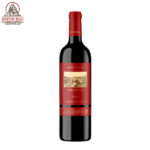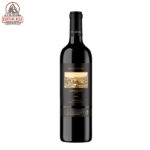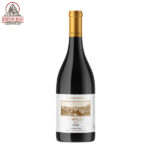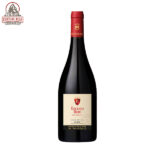Primitivo di Manduria DOC
Primitivo di Manduria is a key red-wine DOC of Italy’s southern Puglia region. In addition to the standard dry wines, there is also a sweet version of the wine: Primitivo di Manduria Dolce Naturale.
Primitivo, the grape variety from which these wines are made, is very traditional in this part of Italy – as it is in California, where it is known as Zinfandel. Manduria is Primitivo’s spiritual home (even if the variety arrived there from Croatia), and the only viticultural area in Italy to specialise in the variety.
The production area for Primitivo di Manduria wines stretches eastwards from Taranto town, along the Gulf of Taranto coast for about 25 miles (40km). Its northern limits are marked by the village of Francavilla Fontana. The terroir here is typical of southern Puglia: hot, dry and with unremarkable coastal topography largely consisting of plains sloping very gently down to the sea.
The vineyards here are ancient, and share the land with endless olive groves; Puglia is known as a prolific source of both olive oil (it is responsible for almost half of Italy’s annual production) and wine. Fortunately the region is now beginning to shake off its reputation as a producer of wines good enough only for blending. Although once the typical local wines tasted as baked and featureless as the land itself, the depth and complexity of the top Primitivo di Manduria is now gaining international recognition.
Introduced in 1974 (at the same time as Moscato di Trani and Rosso di Cerignola), Primitivo di Manduria is among the oldest of the 15-or-so DOCs in Italy’s ‘heel’. In 2010, a naturally sweet version of the wine, Primitivo di Manduria Dolce Naturale, made history when it became Puglia’s very first DOCG. This sweet red wine is made only in more climatically stable vintages which allow the fruit to be dried on the vine, as required by the DOCG laws. Where the sweet version has a required residual sugar level of 80g/l (grams per liter), regular, dry Primitivo di Manduria rarely has more than 8 g/l and a minimum final alcohol level of 13.5%. This is the highest minimum alcohol level requirement of any appellation for dry unfortified wine in the world. In the local Puglian dialect, the wine is fondly known as mirr test, meaning ‘hard wine’, and with good reason.
Showing the single result






